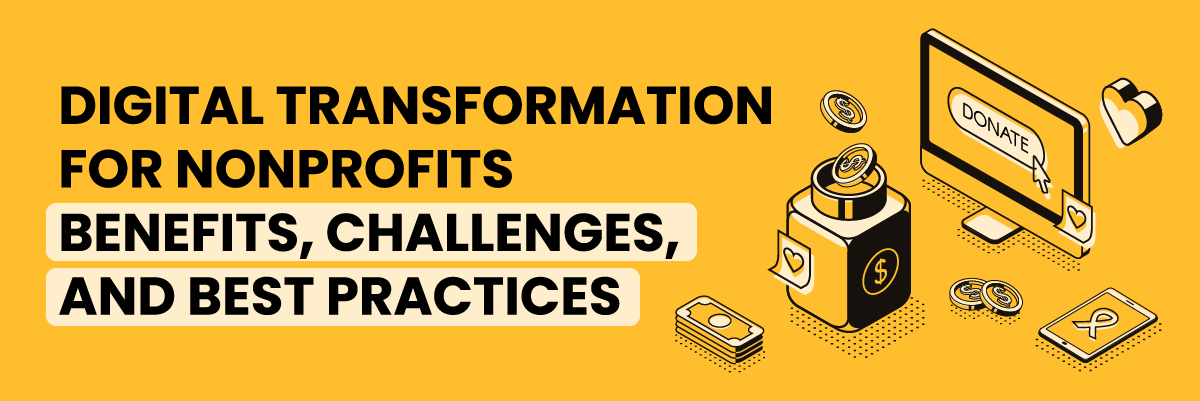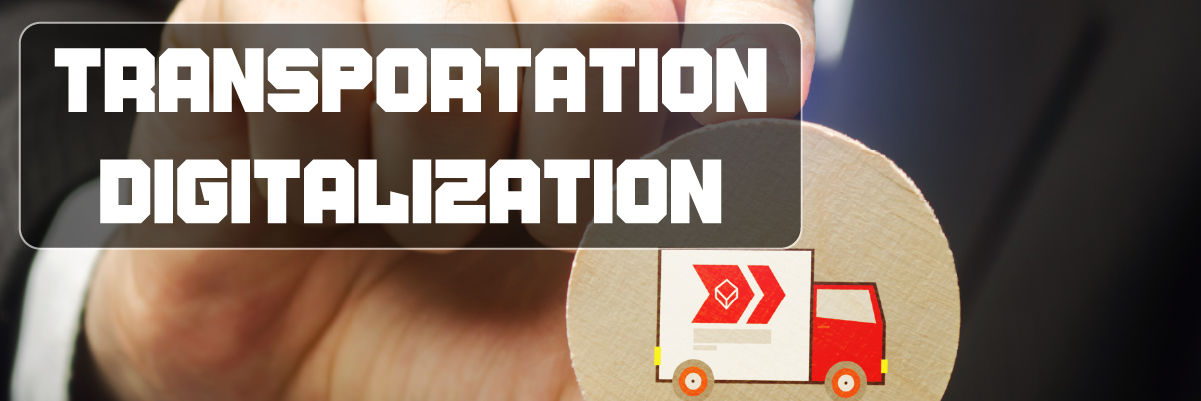Digital Transformation for Nonprofits

Digital Transformation for Nonprofits
In today’s digital landscape, nonprofits are realizing the vital role of technology in achieving their goals. This blog explores how managed IT services for nonprofits are driving digital transformation. From optimizing operations to enhancing security, discover how nonprofit IT services can help leverage specialized IT support to maximize their impact and create lasting change.
Digital transformation offers numerous benefits for nonprofits but also comes with its share of challenges. By adopting best practices, nonprofits can navigate the digital transformation journey effectively. Here’s a comprehensive overview:
Benefits of Digital Transformation for Nonprofits
- Enhanced Donor Engagement: Digital tools enable personalized interactions, fostering stronger connections with donors and supporters, leading to increased engagement and long-term commitment.
- Improved Fundraising Efforts: Online donation platforms and targeted fundraising campaigns help nonprofits reach a broader donor base and drive more efficient fundraising efforts.
- Streamlined Operations: Automation and digital tools simplify administrative tasks, freeing up resources to focus on core mission activities and improving overall efficiency.
- Increased Outreach and Advocacy: Social media and digital marketing channels empower nonprofits to amplify their messages, reach new audiences, and drive advocacy efforts effectively.
- Data-Driven Decision Making: Access to real-time data and analytics enables nonprofits to make informed decisions, optimize strategies, and accurately measure their programs’ impact.
- Global Collaboration: Digital platforms facilitate collaboration with partners, experts, and donors worldwide, creating opportunities for knowledge sharing and collective action.
 Challenges of Digital Transformation for Nonprofits
Challenges of Digital Transformation for Nonprofits
- Resource Limitations: Limited budgets and technical expertise may hinder nonprofits from implementing robust digital solutions.
- Data Security and Privacy Concerns: Handling sensitive data requires strict adherence to cybersecurity measures and compliance with data privacy regulations.
- Organizational Change: Overcoming resistance to change and fostering a digital-first culture may pose challenges.
- Digital Inclusion Barriers: Bridging the digital divide in underserved communities is essential to ensure inclusivity in digital initiatives.
Best Practices for Digital Transformation for Nonprofits
- Strategic Planning: Develop a clear and well-defined digital transformation strategy aligned with the nonprofit’s mission and objectives.
- Engage Stakeholders: Involve staff, volunteers, donors, and beneficiaries throughout the digital transformation process to ensure collective buy-in and support.
- Digital Literacy Training: Provide training and upskilling opportunities for staff to enhance digital literacy and effectively utilize new tools.
- Focus on User Experience: Prioritize user-friendly interfaces and experiences to encourage seamless adoption of digital solutions.
- Data Security Measures: Implement robust data security measures, such as encryption and access controls, to protect sensitive information.
- Measure Impact: Establish key performance indicators (KPIs) to measure the impact of digital initiatives and make data-driven improvements.
- Collaborate with Tech Partners: Partner with technology experts or other nonprofits to share knowledge, resources, and best practices.
Final Words
Digital transformation is an indispensable path for nonprofit organizations seeking to thrive in the digital era. By doing so, nonprofits can effectively leverage technology to measure impact, collaborate globally, and bridge digital inclusion barriers for underserved communities.
Protected Harbor is one of the top-rated digital solutions and IT services partners for nonprofits in the US. Their expertise and commitment to social impact make them an ideal ally for nonprofits embracing digital transformation. By collaborating with trusted partners like Protected Harbor, you can confidently navigate the complexities of digital transformation, empowering your organization to create lasting change and drive positive social impact.





